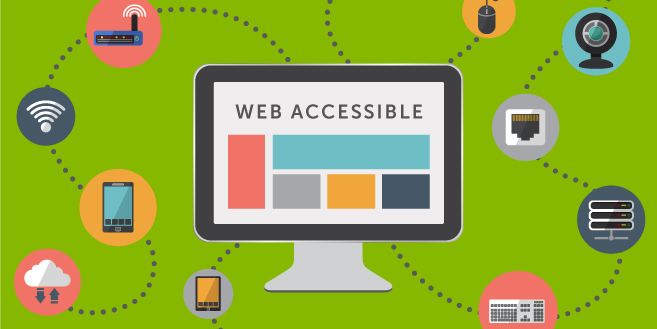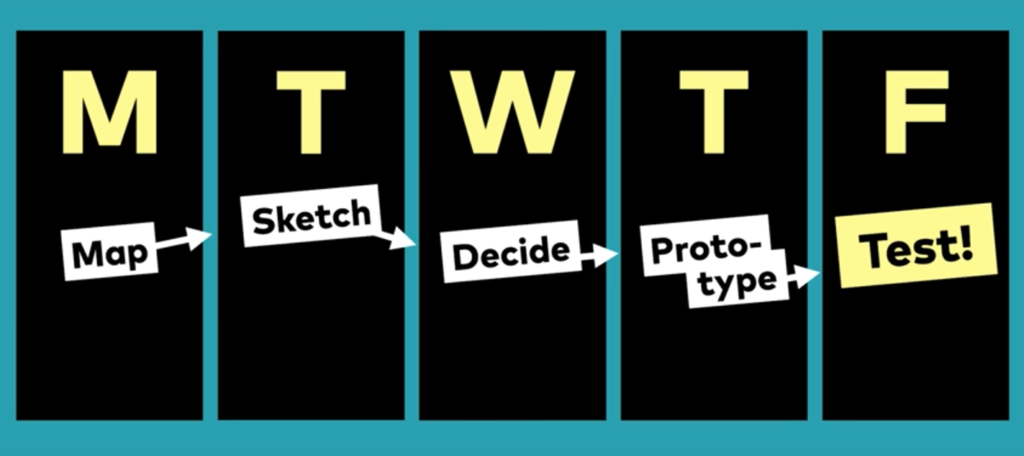Avoid misleading by quantitative responses on questionnaire: Traps in usability evaluation and the solutions
Introduction Quantitative Usability was considered as a statistic way to evaluate system and service efficiency and usability. However, it’s easy to mislead by the quantitative feedback, like Darrell Huff’s “How to lie with statistics”(Huff, 2010), without validity benchmarks, quantitative usability methods are delicate and useless. I introduce both advantages and drawbacks in this article, emphasize […]

